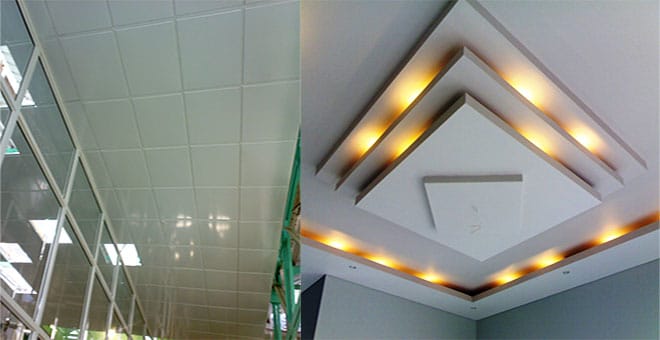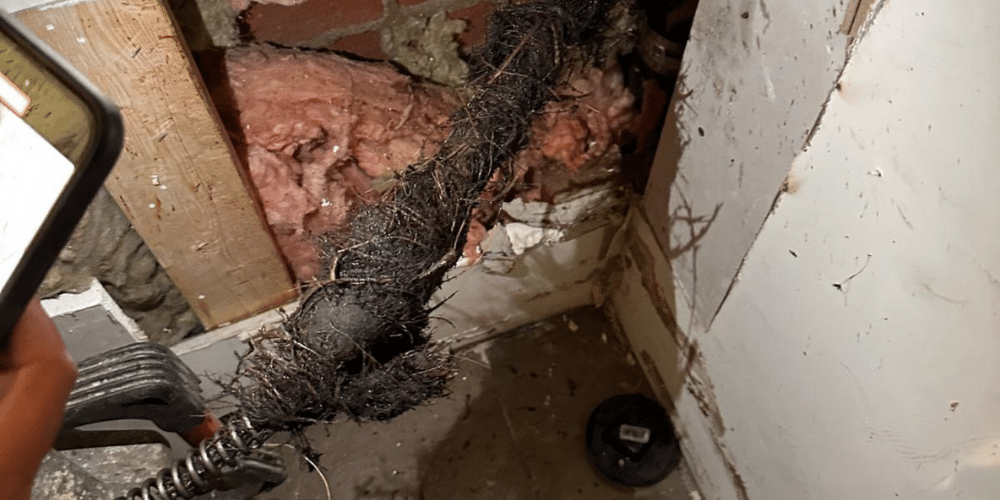What Are the Different Ceiling Finishes?
Are you planning to decorate your interior spaces? If yes, what fancy element would you love to go in for?
You may want to renovate your office spaces or your home-based interiors. Again, what would you love to take up concerning interior design?
Or, you may want a new makeover of your furniture upholstery. Otherwise, you may want to re-decorate accessories to add to trendy themes inside your living or working spaces.
However, a ceiling renovation may allow you to have a serious discussion with your interior architect, who may discuss the pros and cons of different types of ceilings and their finishing touches.
You may have materials to choose from. It can be glass, metal, or PVC.
In this guide, let us unveil different varieties of ceilings by discussing their pros and cons so that you have well-informed cues on which type of ceiling finish would be the most ideally suited for your home decor or office spaces.
1. Wooden Ceilings
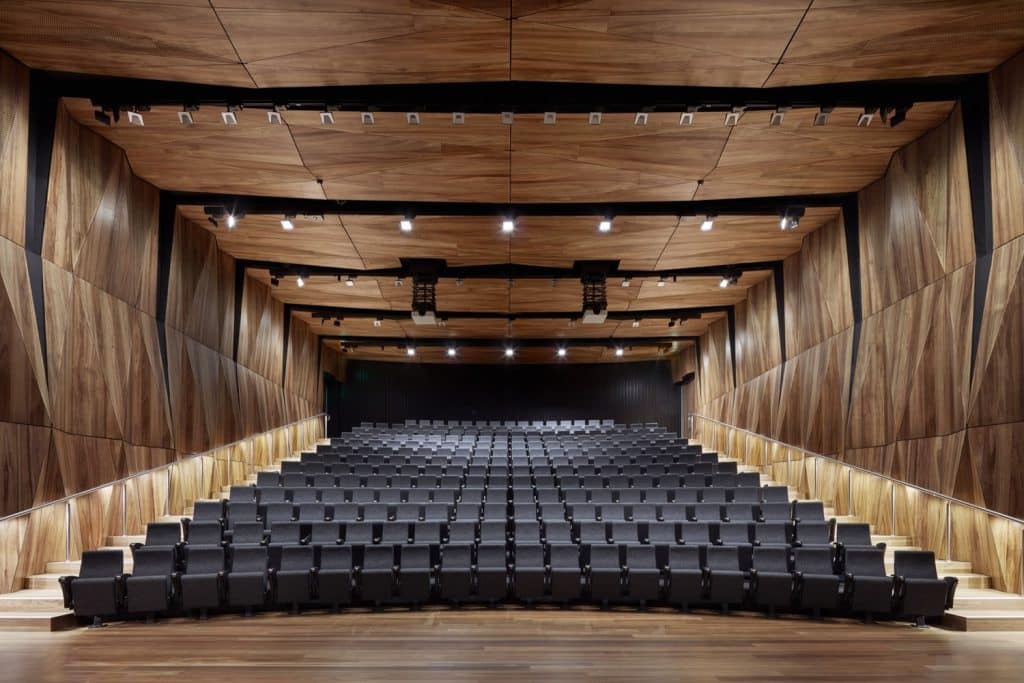
For a rustic vibe, wooden ceilings prove the best. When you have a wooden ceiling inside an office room or living area, you get a classy appeal like none other.
Below are the overall pros and cons connected with constructing wooden ceilings:
Pros
- You can install a false ceiling in the form of plywood, as this material is available to you in various shapes, sizes, and designs.
- You have trendy hues to choose from. Wooden ceilings may have grain-pattern designs or flat-line themes that suit your living style.
- As a material, choosing a wooden ceiling can be the best one as it is sturdy and durable.
- Adding a wooden ceiling to your home decor or office spaces lends a natural sound-absorbing facility to your living areas.
Cons
- A wooden ceiling is subject to a higher degree of maintenance as plywood, or planks are subject to damage due to water leakage or termites.
- Wooden ceilings are not fire-resistant.
2. Glass
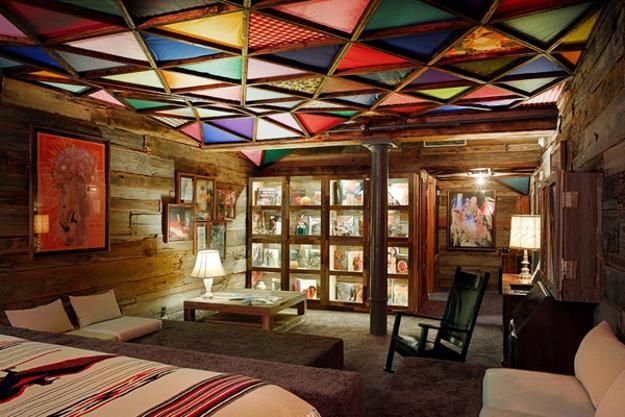
Glass ceilings lend an aesthetic appearance to your living spaces or offices. These ceilings are typically vogue at libraries, restaurants, and corporate offices.
Let us understand what the overall pros and cons of glass ceilings are:
Pros
- Glass ceilings lend a majestic appearance to your workspaces on the whole.
- You can opt for faux ceilings over an established setup, as you have pre-made glass ceilings available to you in various trendy colors, shapes, and designs.
- With glass ceilings, the rooms appear bigger as glass reflects light into offices, homes, or interior decor.
Cons
- Glass ceilings can cost you your entire wallet and are expensive.
- You require tedious maintenance concerning glass ceilings as dust collects easily.
- Glass ceilings are fragile as they can break easily.
3. PVC

PVC refers to polyvinyl chloride. This is a commonly used material for designing basement ceilings.
Bathrooms and restroom areas also make a predominant use of PVC ceilings.
Helping you understand the pros and cons concerning the same:
Pros:
- PVC is more cost-effective than wooden or glass ceilings.
- The PVC ceilings pave the way for easier installation.
- The ceilings are durable and easy to maintain.
- PVC ceilings are highly waterproof.
- And above all, these ceilings are available to you in various hues, shades, and designs with astounding finishing touches, too.
Cons
- PVC ceilings are tardy and not that heat resistant.
- As PVC is a chemically bonded material, these ceilings do not give the naturally welcoming appeal or charisma of stained or painted glass ceilings.
4. Fabric
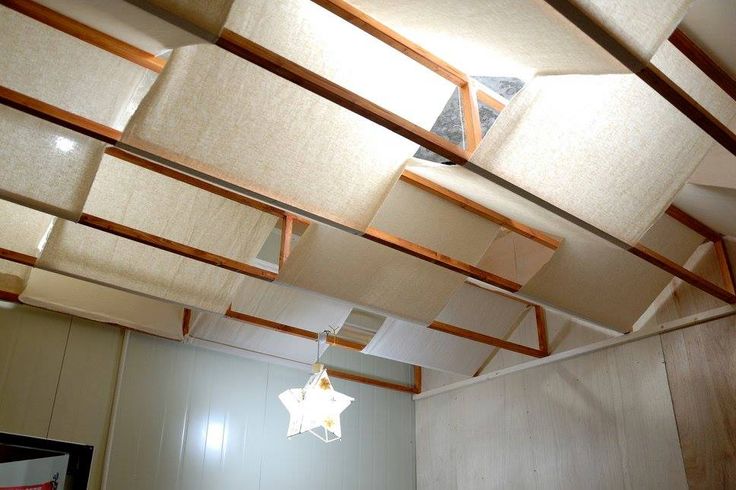
Have you looked at exhibition stands or wedding halls? What is it that you find in common? The ceilings are made from fabric material.
The false ceilings made of fabric are purely for ornamental and temporary uses.
Let us have an overview of the pros and cons of the same:
Pros
- The ceilings are relatively cheaper to install and low on maintenance.
- Fabric ceilings are available in various colors, shapes, and designs.
- These are make-shift ceilings that suit events and themes.
Cons
- Fabric-infused ceilings do not have the potential light capacity to pass through.
- Fabric ceilings get stained easily due to dust, grime, or dirt.
5. Metallic Ceilings
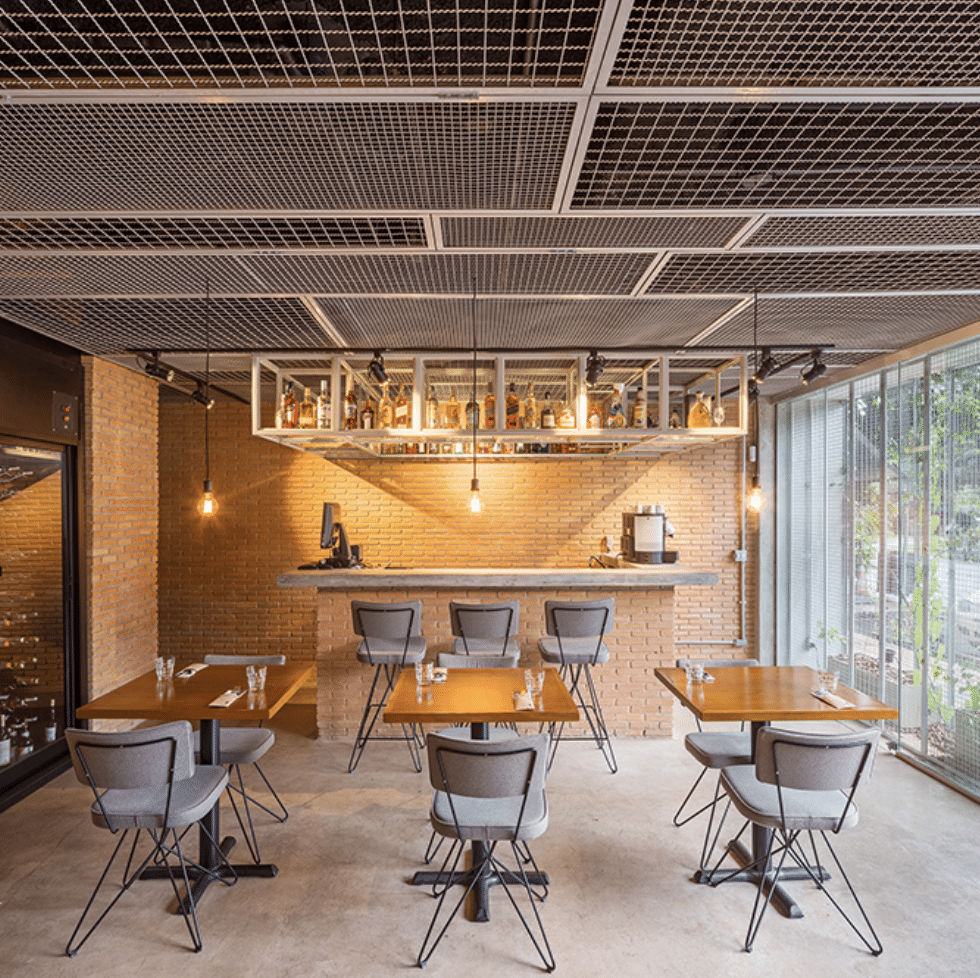
Metallic ceilings look posh, durable, and safe. Offices and industries mostly prefer metallic ceilings due to their shiny appearance.
Let us have an overview of the pros and cons of the same:
Pros
- Metal ceilings are easy to install and maintain
- These ceilings are lightweight and have a great texture indeed.
- Metallic ceilings are fire-resistant to a larger extent.
- These are faux ceilings that are easily detachable, too. You can re-attach them after removing them, too.
- These ceilings are available to you in various shapes, sizes, colors, and designs for you to choose from.
Cons
- Metallic ceilings are slightly more expensive.
- It would be best if you protected these ceilings against rust or corrosion.
Conclusion
These are 5 types of ceilings used at factory outlets, industries, offices, and homes. So, it would be best to look at a material’s durability and strength before investing in a ceiling material.
However, maintenance of ceiling walls is also something you must look into. Wooden frames are subject to water leakage during cyclonic weather and may need an extra coat of varnish for clean and tidy maintenance.
Similarly, wooden ceilings are subject to termite damage, too. However, PVC or metallic ceilings are more durable and sturdy and, therefore, easy to maintain.
These are important factors you look for before choosing the ceiling material for your homes or offices.

